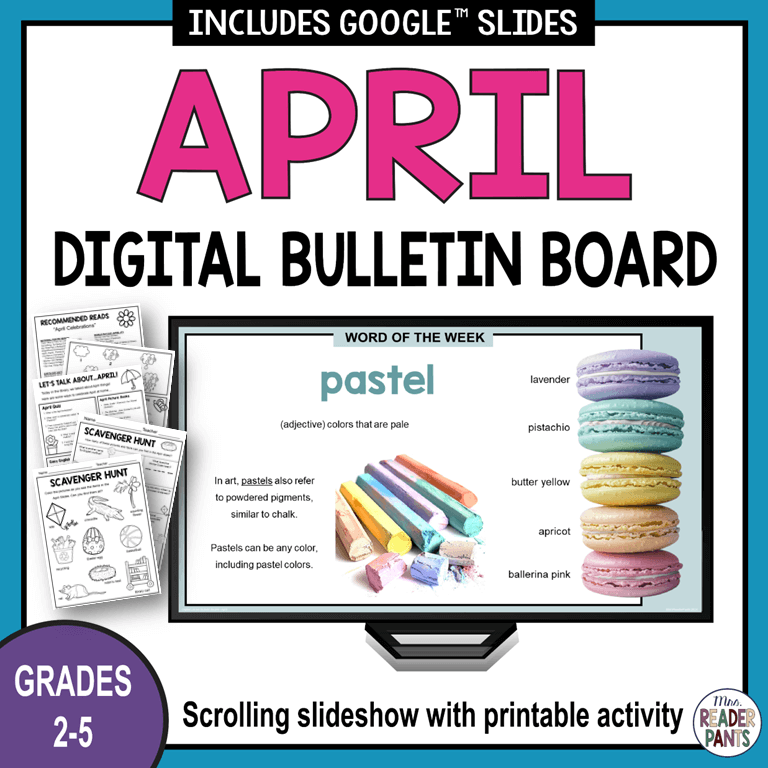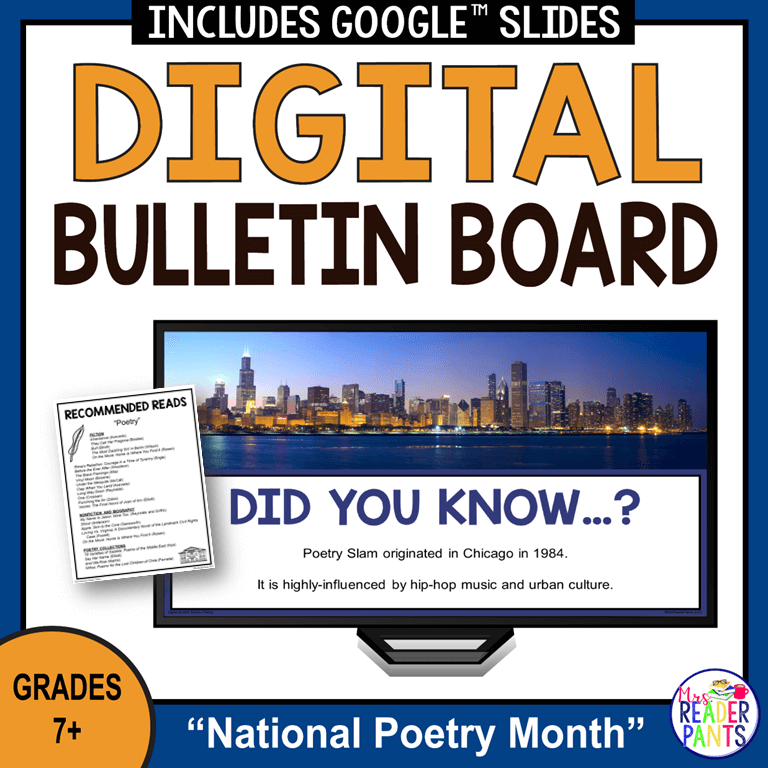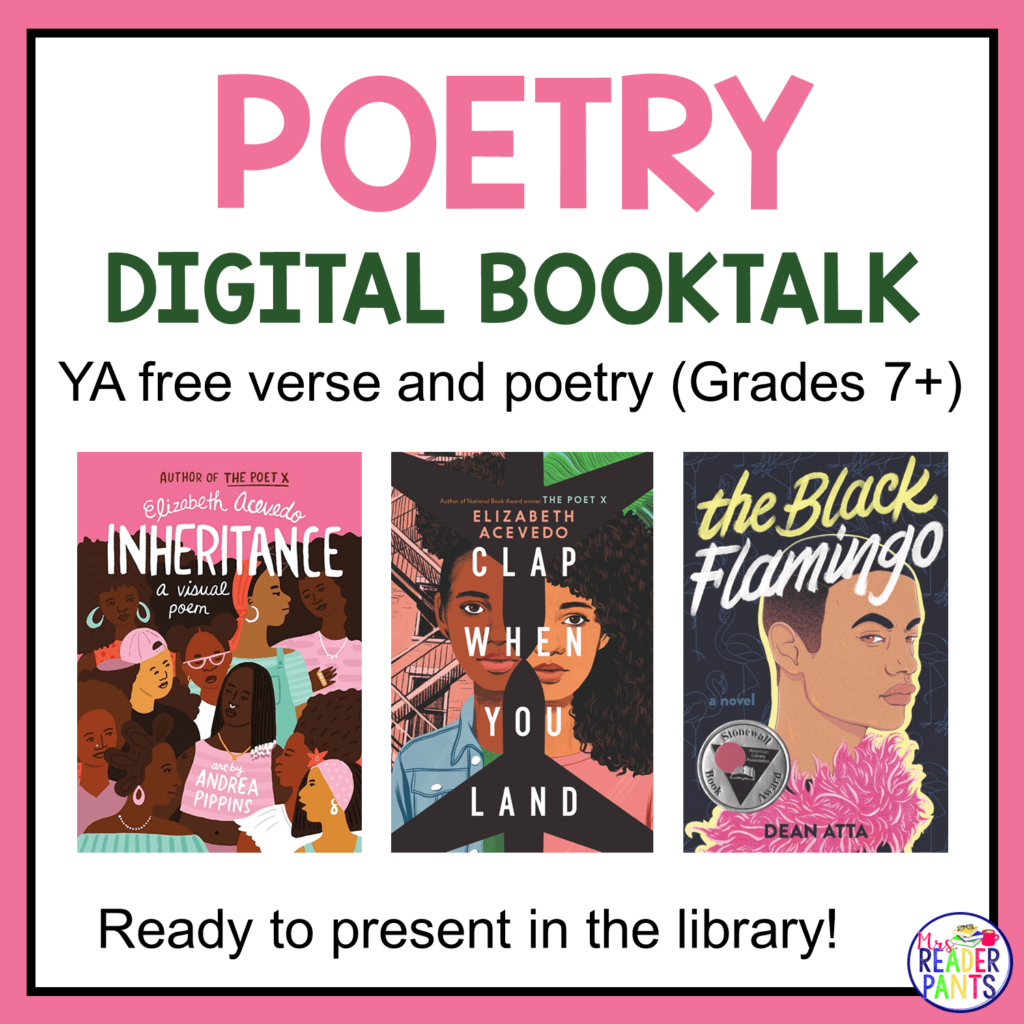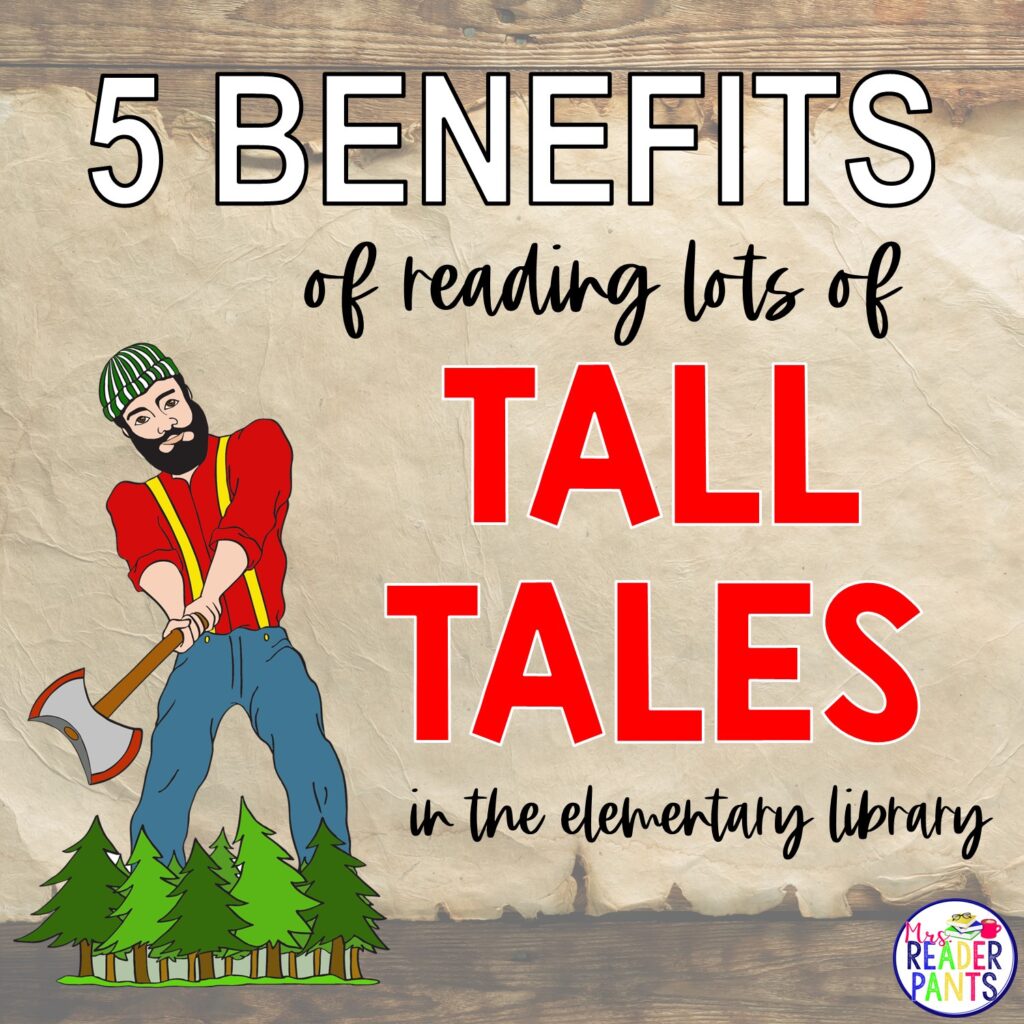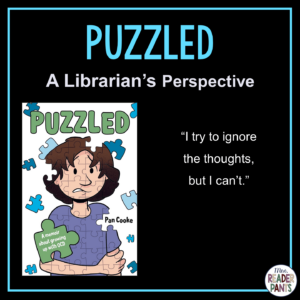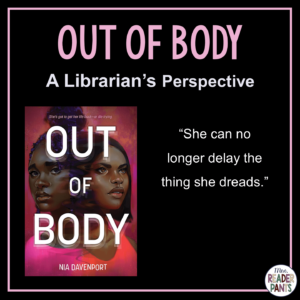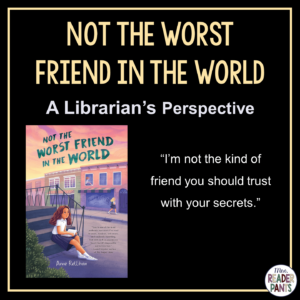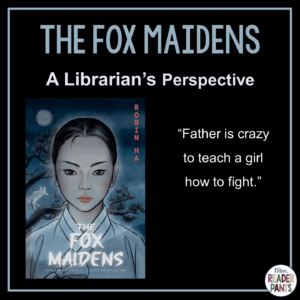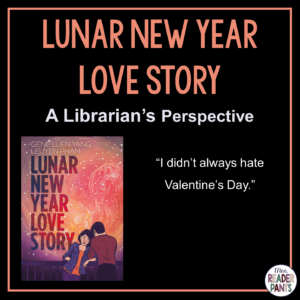I’ve had some difficulty focusing on novels during this self-quarantine period, so my boys have been recommending graphic novels and comics for me to read. My 13-year old son recommended The Witch Boy by Molly Ostertag. While I did have a small issue with the clothing choices for the story’s mothers, I still enjoyed the book and hope to read the sequel.
 AUTHOR AND ILLUSTRATOR: Molly Knox Ostertag
AUTHOR AND ILLUSTRATOR: Molly Knox Ostertag
SERIES: The Witch Boy, book 1
PUBLISHER: Graphix
PUBLICATION DATE: October 31, 2017
PAGES: 224
GENRE: graphic novel, fantasy, supernatural
SETTING: undetermined location; time period seems relatively modern, but women’s clothing is old-fashioned and technology is sparse
GIVE IT TO: elementary and middle school
SUMMARY OF THE WITCH BOY
In a world where boys grow up to become shapeshifters and girls wield ancient magic, Aster is a boy who is fascinated with magic. He has not shapeshifted, nor does he care to. When some of the boys start going missing, only Aster’s magic can save the day.
THE SHORT VERSION
Cute graphic novel! It’s a little light on plot, but it’s great for elementary readers looking for supernatural fantasy.
WHAT I LIKED ABOUT THE WITCH BOY
The illustrations are colorful and bright, and Aster’s facial expressions depict his thoughts beautifully. Just the idea of a boy forbidden to do magic, a traditionally female activity in the story, is enough to get my attention.
I was compelled to read the story and finished it in one sitting. Students will love the action and mystery of the missing boys, who was taking them, and why they were being taken. Because it’s not a complicated plot, this will work better for elementary students than middle school. I included middle school in this review because my seventh grade son enjoyed it, so there is clearly a place for it with sixth and seventh graders.
GENDER ROLES AND STEREOTYPES
Gender expectations play a huge role in The Witch Boy. Males are not “supposed to” be into magic, so Aster’s fascination with magic is subject to constant ridicule from his male peers. Aster’s beefy, alpha-male dad encourages Aster to go off into the woods to try to find his shapeshifting animal, as if Aster just isn’t trying hard enough. Charlie, a new friend for Aster, broke her leg trying to prove her athletic skills to some boys. Women are “supposed to” do magic, and men are “supposed to” be shapeshifters.
There is no questioning of this rule, even though the grandmother’s twin brother was cast out of the group years ago for doing his own forbidden magic. The twin brother’s downfall is actually at the crux of what is happening to the missing boys. Yet even after all that history, the prevailing attitude is that “magic is for girls and shapeshifting is for boys.” It’s sad, but what a great commentary on our own society, where certain professions (teaching, nursing, secretarial work) are for girls and others (doctors, engineers, computer scientists) are for boys.
AMBIGUOUS SETTING
I loved the ambiguous setting. Where and when is this? Charlie’s house is in a modern suburb, and there’s one pane that shows a computer screen at the very edge of the illustration. Her house has a garage and a basketball goal in the driveway. Aster’s family lives in the woods nearby, but they seem to live in a different time period. Technology is limited to a car, basic kitchen appliances, and a rotary phone that the demon gives Aster to “call him” (seriously, where does a demon get a rotary phone?). Some of the women wear matronly dresses that look like prairie-wear. The school house is also old-fashioned; it’s just a some wooden desks, a classroom library, and a green chalkboard.
WHAT I DIDN’T LIKE ABOUT THE WITCH BOY
First of all, being able to do magic is WAY cooler than being able to shapeshift. I can totally understand Aster’s (and the grandmother’s twin brother’s) fascination with it, even though as males, they are forbidden from learning it.
I have one annoying beef though: matronly fashion.
QUESTIONABLE CLOTHING CHOICES
With gender roles at the forefront of The Witch Boy, I didn’t understand the clothing choices for the “mothers.” The men and boys wear face paint and run around shirtless in the middle of the night. Other (non-motherly, young) women and girls in the story wear modern clothing: tank tops, short skirts, jeans, overalls, and shorts.
But while everyone else is dressed for summertime, Aster’s grandmother and aunt walk around wrapped up in shawls and long skirts like they are freezing. Both characters wear buns in their hair and glasses. The grandmother especially looks and acts like a helpless little old lady.
Even more egregious though is Aster’s mother, who looks like she can’t possibly be older than 30. Yet she also wears a long, homely dress and apron–an apron!–throughout the story.
Is this supposed to be ironic?
My point is, all three of these women wield powerful ancient magic. That’s massively cool, and it should be recognized as such. Why does The Witch Boy make these three women–and only these three women–look like they belong in Little House on the Prairie? Is this supposed to be a commentary on the society they live in? I didn’t get it, especially since non-motherly females were wearing normal clothing and seemed pretty cool.
Of course, this is a small issue that did not take away from my enjoyment of the novel. I imagine most young readers will think nothing of it. But I did notice, and I wish the mothers were portrayed as a little more “modern” than they are. It seems the book both fights gender roles and plays into them at the same time.
IMMACULATE CONCEPTION?
One other small detail: In the family tree at the front of the book, there appears to be no grandfather. What’s up with that? The grandmother’s twin brother is represented by a wisp of smoke (indicating some uncertain fate), but there is no reference to the grandfather of the four children. Other fathers are included in the family tree.
DIVERSITY IN THE WITCH BOY
Ethnicity: Skin tones range from freckled-pink to various shades of brown. Widely-varied hair and eye colors. Aster has brown skin and reddish-brown hair. Aster befriends a girl named Charlie, who is African-American.
LGBT+: The family tree includes a male couple (Jessamine and Kieran) and a female couple (Iris and Jade). Both couples have multiple children. None of the characters play prominently in the story. Gender roles and stereotypes are a major part of the theme.
Socioeconomic status: The clothing on the witch/shapeshifter characters makes them appear somewhat poor, like the clothes might be hand-me-downs. I couldn’t find anyone in the family wearing shoes, which further makes them seem somewhat poor to me. The house they all live in also looks quite old and a bit run-down with age. Charlie’s family lives in a suburb with two-story houses and garages.
ARTWORK / ILLUSTRATIONS
Lots of shades of green, brown, and blue, with bright red and brown representing the evil demon thing. The characters’ eyes are expressive and show emotion well.
LIBRARIANS WILL WANT TO KNOW
- Themes: gender roles, “boy” versus “girl” jobs, magic, demons, family secrets, toxic masculinity
- Would adults like this book? I enjoyed it, but it is not one I would recommend to an adult reader outside the education field. I would not have read it if my son hadn’t recommended it.
- Would I buy this for my high school library? No–it’s too young
- Would I buy this for my middle school library? Yes–it’s still a bit young, but I do think there is an audience with sixth and seventh grade.
MATURE CONTENT
- Language: none
- Sexuality: none
- Violence: the demon might scare some readers
- Drugs/Alcohol: none
- Other: some may notice the old-fashioned gender roles

